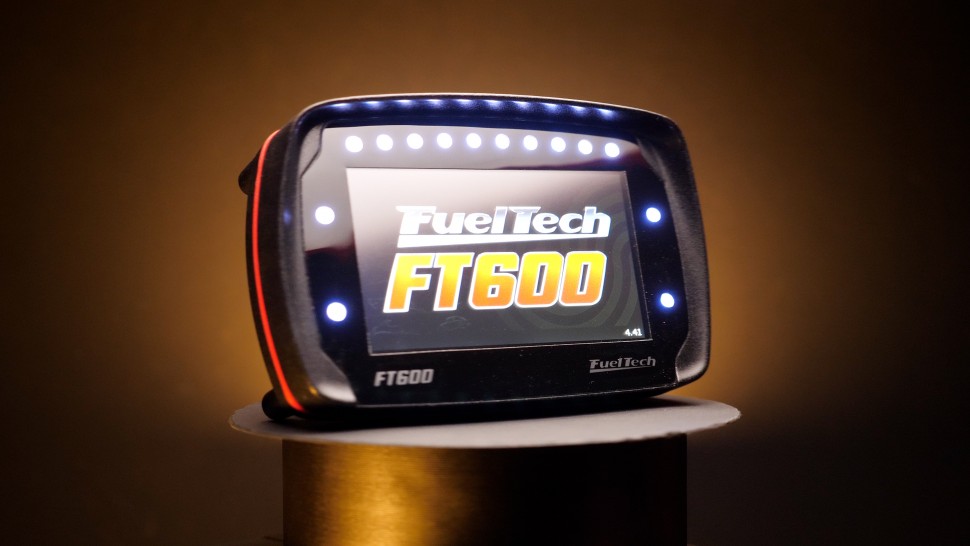| 00:00 |
Just like FDM, adjusting the settings on an SLA printer can have a significant impact on the resulting print.
|
| 00:06 |
However, the considerations and reasons behind them are different.
|
| 00:10 |
Generally, speaking, the print settings for SLA are somewhat more simple than FDM.
|
| 00:15 |
There just aren't as many variables, especially when it comes to temperatures.
|
| 00:20 |
Rather than temperature, we have the exposure time.
|
| 00:22 |
If you're familiar with cameras, then this is fairly easy to understand.
|
| 00:26 |
Essentially, this is the time each layer of resin is exposed to light, directly relating to how much it cures.
|
| 00:33 |
The more exposure time, the more curing time.
|
| 00:36 |
Just like when taking photos though, there's a balance that needs to be struck, and under or over exposure are possible.
|
| 00:44 |
Typically, the first layers on the build plate will purposely be subject to a longer exposure time, curing them more and helping form a solid foundation that sticks strongly to the build plate.
|
| 00:55 |
To be clear, this isn't the same as what happens if we thermosets in the sun for extended periods causing them to degrade and become brittle.
|
| 01:04 |
However, as the rest of the layers are built up, we can actually have them slightly underexposed, or not completely cured so the next layer can form a chemical bond, and the part will have better properties and a better surface finish.
|
| 01:17 |
The part will be solid, just not fully hardened.
|
| 01:20 |
This is known as the green state, meaning that while the printed parts have reached their final form, the polymerization process is not yet fully completed, and so the maximum mechanical properties haven't been reached.
|
| 01:33 |
To achieve the final ideal and desired properties, the part needs to be post -cured under UV light.
|
| 01:39 |
The compromise and exposure time on the first layers can result in more noticeable layer lines, so often a raft is used, similar to what we discussed for FDM, and this provides a good foundation and build platform adherence without sacrificing the surface finish on the actual part.
|
| 01:56 |
This setting can also be called the bottom layer count, which basically determines how thick the raft is.
|
| 02:03 |
Of course, the raft needs to be removed from the part afterwards, so it's not uncommon to have the part floating off the build platform with supports from the raft to the part to make this easier.
|
| 02:15 |
These exposure settings are generally set automatically to appropriate defaults by the slicing software, just like the temperature settings for FDM.
|
| 02:24 |
Or alternatively, it'll be listed on the bottle of the resin, and generally, this will be in the range of 1.5 to 3 seconds.
|
| 02:32 |
As each layer is exposed and cured at slightly different times, this differential will cause internal stresses in the part, leading to strain, deformation, or warpage.
|
| 02:42 |
Maintaining a consistent cross-sectional layer area or exposure time is also ideal, as a smaller area will cure faster.
|
| 02:51 |
This area also naturally includes the supports as well.
|
| 02:54 |
With big changes in the cross-sectional layer lines from lack of control of the curing rate.
|
| 03:01 |
This is a design for manufacturing consideration, but print orientation, which we'll get into in the next module, can also have an impact on this.
|





